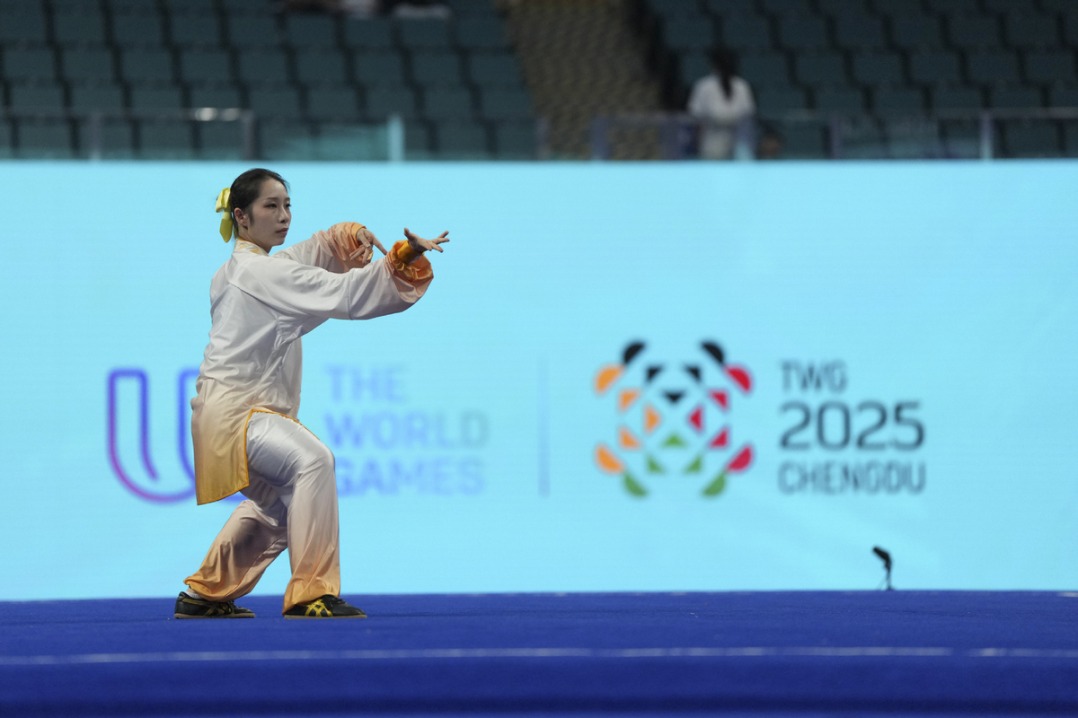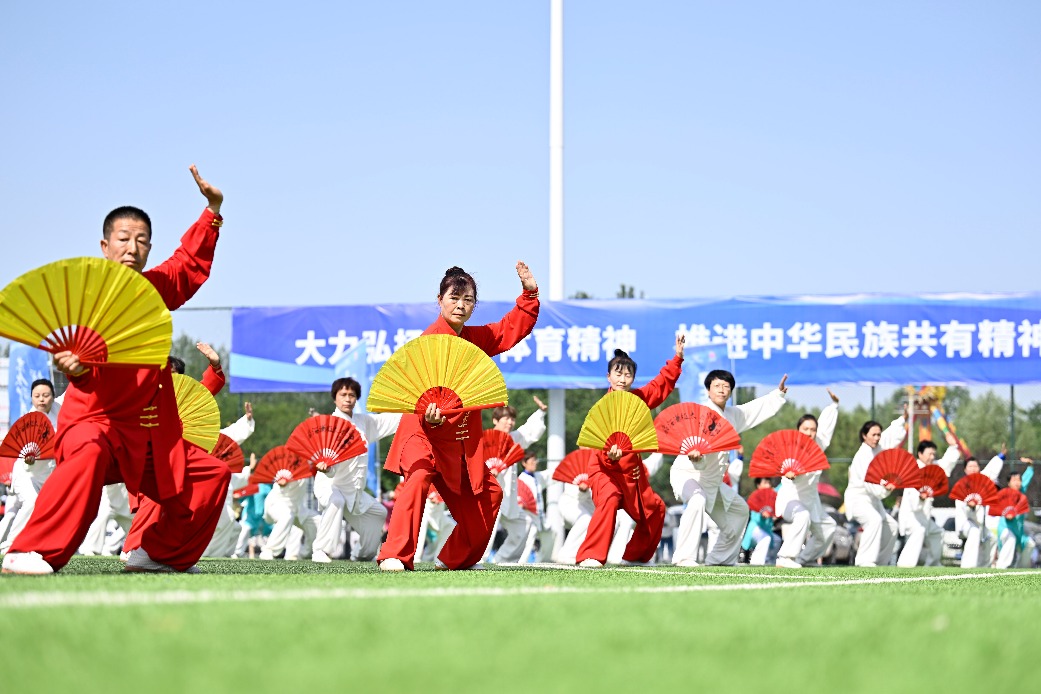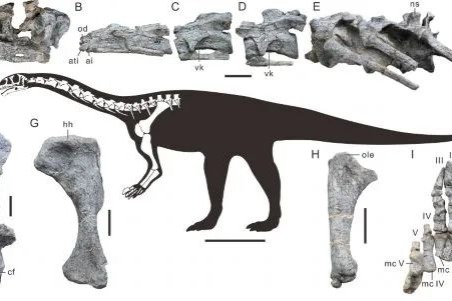Light rail replaces horses and oxen

A 34-kilometer system in Addis Ababa marks several firsts for the continent's second-most populous country and its Asian partner
The first light rail project in East Africa opened with a soft launch for testing on Sept 20. Significantly, it is also the world's first light rail built outside China using Chinese standards by a Chinese company.
The Addis Ababa Light Rail Transit, designed and constructed by China Railway Group, runs 34 kilometers through the capital of Ethiopia. It has a top speed of 70 km/h.
| Workers inspect a session of the light rail in Addis Ababa on Sept 15. Rong Changhai / For China Daily |
| A Chinese media delegation visits the light rail line in Addis Ababa on Sept 15. Rong Changhai / For China Daily |
It is also the first such system in sub-Saharan Africa, though some South African cities have commuter rail services.
On the day it opened, more than 28,000 people used it at an average cost of 2.94 birr (14 US cents), according to Shenzhen Metro Group Co Ltd, the Chinese company in charge of the test operation.
The light rail operates from 6 am to 10 pm, with a minimum interval of 15 minutes. A total of 60 drivers would be on duty by the end of September, the company said.
The system is a matter of great pride for engineer Wang Jian and his colleagues at China Railway Group who helped build the system. Having lived in Addis Ababa for six years, Wang says that he was glad to witness the East African city evolve from "horse-drown carriage times" to "electric rail times".
"It was common to see horses and oxen on the street when we arrived here, and now the traffic efficiency has been greatly improved by the light rail," he says.
The rail project has two lines that stretch through the downtown area of the city - Line One from east to west and Line Two from north to south. There are five overlapping stations that are jointly used by the two lines.
It is the first light rail project built overseas under Chinese standards, including the exports of a whole industry chain. It encompasses design, financing, equipment purchases and device maintenance, Wang says.
According to Wang, the steel for the rail tracks was produced by a company in North China's Hebei province, the locomotives were made by China Railway Rolling Stock Corp, and the communications system was developed by Huawei, a company based in Shenzhen in South China's Guangdong province.
"In the past, China has exported its equipment, labor or funds in construction projects, but this is the first time that China has exported its standard in a light rail project," he says.
The rail project, with a total investment of $475 million, will carry about 60,000 passengers a day, said Ethiopian Minister of Transport Workneh Gebeyehu.
Yang Zhongbo, general manager of the AA-LRT project, says that it has set an example for Chinese light rail exports since more than 80 percent of the system was developed and produced by Chinese companies.
The light rail project also helps implement China's Belt and Road Initiative, he says. The Chinese government initiative refers to the Silk Road Economic Belt and 21st Century Maritime Silk Road, which would use trade and investment to boost ties along ancient trade routes and elsewhere.
Beijing has attached great importance to the construction of the AA-LRT project. In May, Premier Li Keqiang visited the construction site and tightened a bolt on a rail track with Ethiopian Prime Minister Hailemariam Desalegn.
Foreign Ministry spokesman Hong Lei said on Sept 21 that China would work with Africa on the construction of three major infrastructure networks, namely high-speed railway, aviation and highways.
China, as a friend and development partner of Africa, will continue to uphold principles of "sincerity, real results, amity and good faith" in its cooperation with Africa, so as to achieve common development, Hong says.
Redwan Hussien, minister of Ethiopia's Communication Affairs Office, says the two countries are likely to enhance cooperation in infrastructure construction given the fact that China has a lot of experience in the areas.
Ethiopian has achieved double-digit growth in the past decade, yet the country is still in need of capital, the minister told a visiting Chinese media delegation on Sept 15.
China is the largest trade partner and foreign investor in Ethiopia. China's National Development Bank has issued loans of $1.4 billion in Ethiopia, supporting construction of local infrastructure projects.
anbaijie@chinadaily.com.cn
(China Daily Africa Weekly 09/25/2015 page19)
Today's Top News
- Consumption gains steam, drives growth
- Summit seen as opportunity for warming Sino-Indian ties
- Foshan's steps to curb chikungunya paying off
- Aruban karate athlete hogs Chengdu spotlight
- Reopened roads to speed up search for flood victims
- Welcome extended to Modi, but prudence will prevail
































